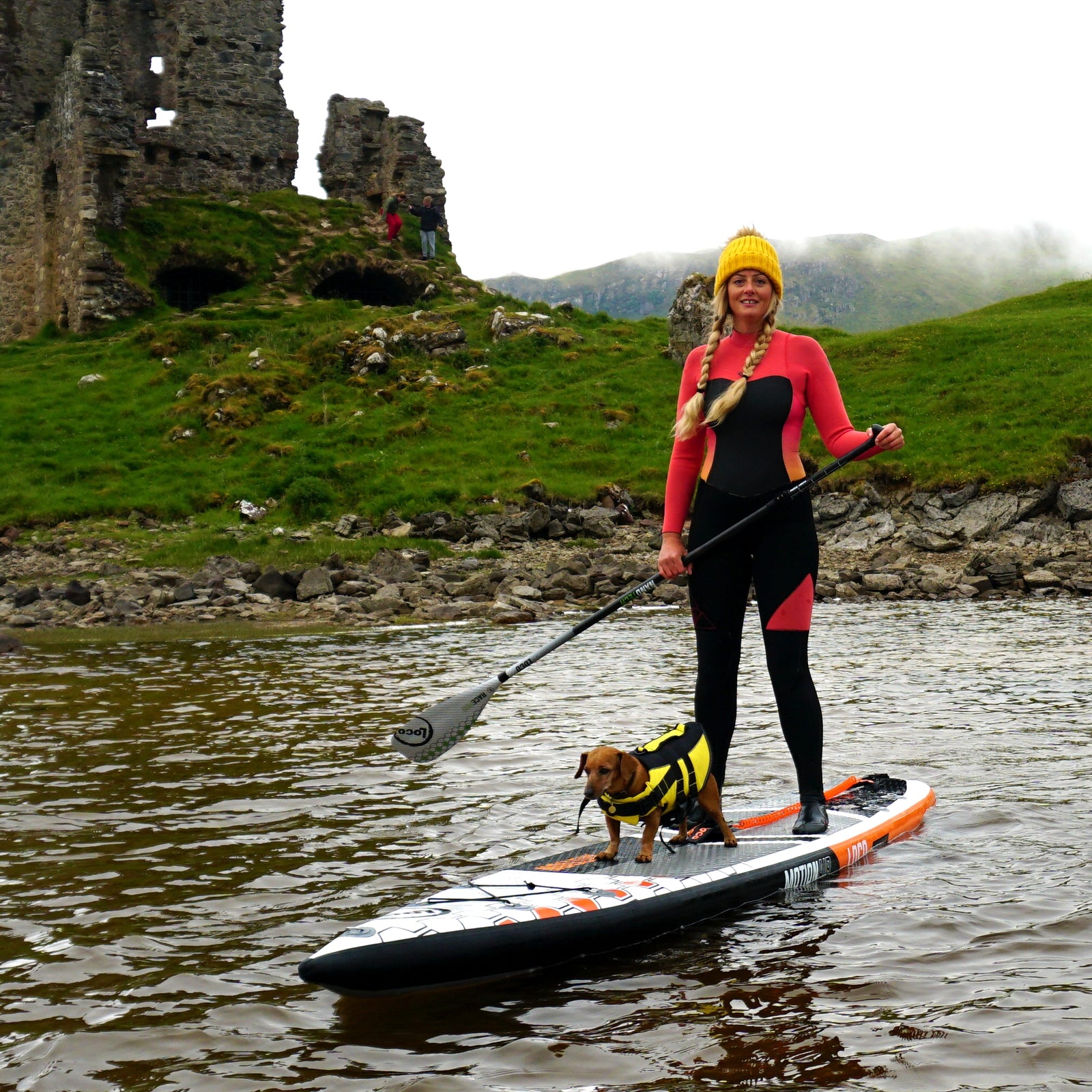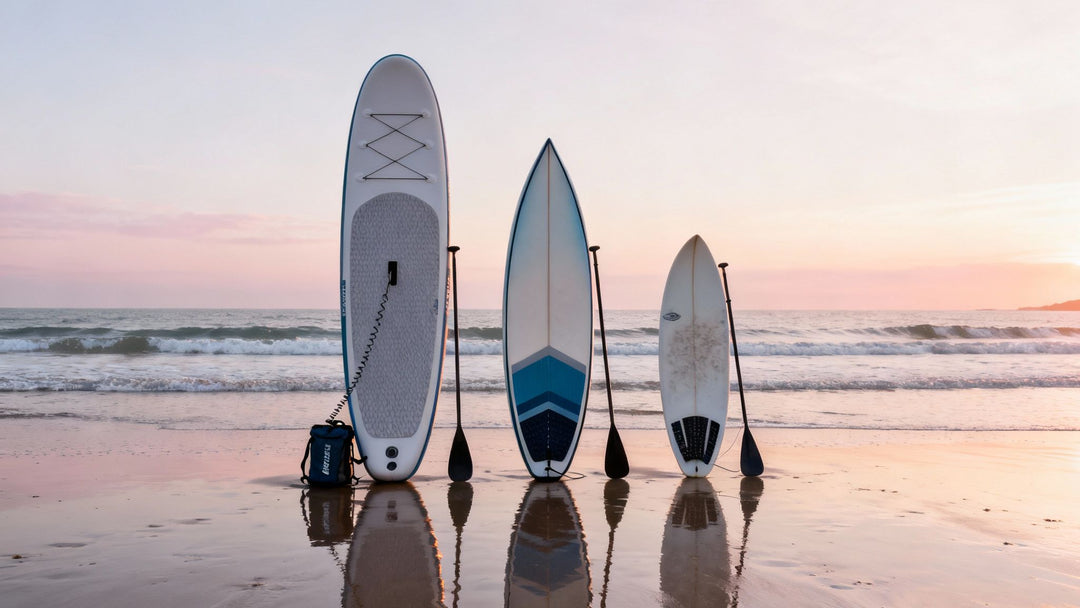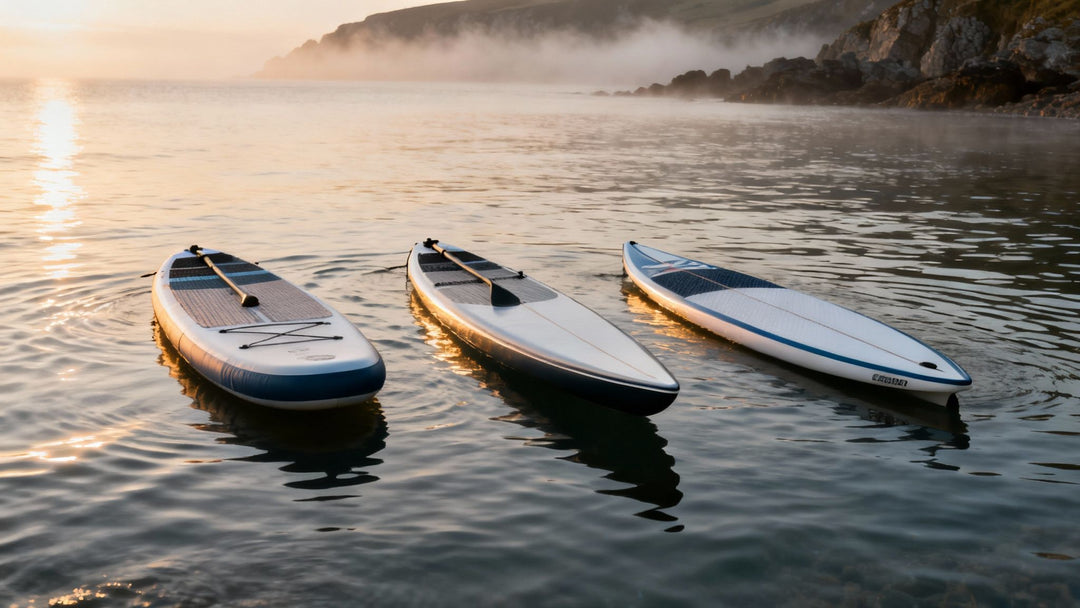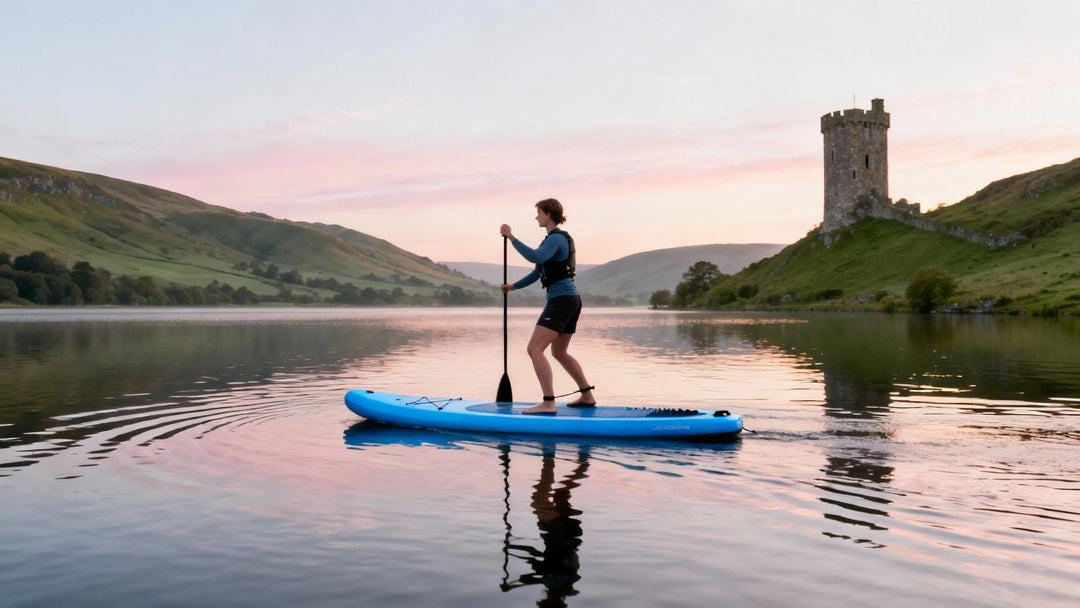Comprehensive Guide to Stand-Up Paddleboard SUP Camping

Introduction to SUP Camping
Stand-up paddleboarding (SUP) camping merges the adventure of using SUP boards with the thrill of camping, offering an immersive way to explore nature. Combining these activities allows for unique experiences, accessing remote locations only reachable by water. This guide covers everything you need to know to plan a successful camping trip.
Planning Your SUP Camping Trip
Choosing the Right Location
Selecting the right destination is crucial for a successful trip. Consider the following factors:
- Accessibility: Choose a location that is accessible by SUP boards, with calm waters suitable for paddling.
- Permits and Regulations: Research and secure any necessary permits. Understand the local regulations regarding camping and water access.
- Camping Facilities: Ensure the location has suitable camping spots, fresh water sources, and, if necessary, restroom facilities.
Preparing Your Paddleboard Gear
Packing the right paddling gear is essential. Here’s a comprehensive list:
SUP Gear
- SUP Board: Choose a durable, high-capacity SUP board designed for carrying gear.
- Paddle: Opt for a lightweight, adjustable paddle.
- Leash: Use a coiled leash to stay connected to your SUP board.
- PFD: A personal flotation device is mandatory for safety.
- Dry Bags: Waterproof bags to keep your gear dry.
Camping Gear
- Tent: Lightweight, compact, and waterproof.
- Sleeping Bag and Pad: Choose according to the expected weather conditions.
- Cooking Supplies: Portable stove, cookware, utensils, and food storage.
- Water Filtration: Filters or purification tablets to ensure a clean water supply.
- Clothing: Weather-appropriate attire, including layers and rain gear.
- Navigation Tools: Map, compass, or GPS device.
Packing Your SUP Board
Efficiently packing your SUP board is vital to maintaining balance and stability on the water.
Weight Distribution
Distribute weight evenly across your SUP board to avoid tipping. Place heavier items in the centre and lighter items towards the ends. Ensure that the load is secure and doesn’t shift during paddling.
Paddle Board Accessibility
Pack items you might need during the day, such as snacks, water, and sunscreen, in easily accessible dry bags. Place these bags on the top layer of your gear.
SUP Navigating and Paddling Tips
Map Your SUP Camping Route
Before setting off, map your route and identify potential hazards such as strong currents or shallow areas. Plan for regular breaks to rest and hydrate.
Paddling Techniques
- Efficient Strokes: Use long, powerful strokes to conserve energy.
- Switch Sides: Paddle on alternate sides to maintain a straight course.
- Stand or Kneel: Stand for better visibility and speed, but kneel in rough waters for stability.
Setting Up Paddleboard Camp
Selecting a Campsite
Choose a campsite that is elevated and away from the waterline to avoid flooding. Look for flat, clear ground to set up your tent.
Campfire Safety
If campfires are allowed, follow these safety tips:
- Fire Ring: Use designated fire rings to contain the fire.
- Keep It Small: A small fire is easier to control.
- Extinguish Properly: Fully extinguish the fire before sleeping or leaving the campsite.
Environmental Considerations when SUP Camping
Leave No Trace
Adhere to the Leave No Trace principles to minimize your impact on the environment:
- Pack Out Trash: Take all waste with you, including biodegradable items.
- Avoid Wildlife: Observe animals from a distance and do not feed them.
- Respect Vegetation: Camp on durable surfaces to avoid damaging plants.
Eco-Friendly Gear For SUP Camping
Invest in eco-friendly gear made from sustainable materials. Avoid single-use plastics and opt for reusable containers.
Safety Precautions
Paddleboarding Weather Awareness
Monitor weather forecasts and be prepared for sudden changes. Always have a contingency plan in case of adverse weather conditions.
Emergency SUP Plan
Have an emergency plan and share it with someone who isn’t on the trip. Carry a first aid kit, and know how to use it. Ensure you have a means of communication, such as a fully charged mobile phone or a satellite communicator.
Conclusion
SUP camping is an incredible way to explore nature and enjoy the great outdoors. By carefully planning your trip, packing the right gear, and adhering to safety and environmental guidelines, you can ensure a memorable and safe adventure. Embrace the unique experience that SUP campings offers, and respect the natural environments you explore to preserve them for future generations.




